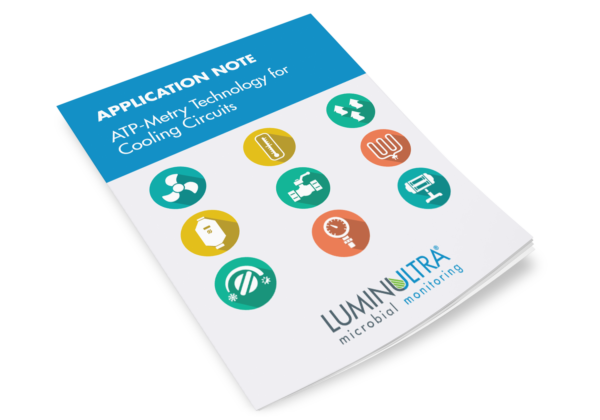LuminUltra’s 2nd Generation ATP testing solution can be the “canary in a coal mine” when it comes to Legionella monitoring: a true leading indicator of potential Legionella issues. ATP testing offers measurement in minutes, quantification of all living organisms, and easy, on-site test results. How could ATP testing fit into your Legionella water management plan?
Let’s talk about New York.
Legionnaire’s disease outbreak in the Bronx linked to cooling towers
Between December 2014 and September 2015 there were three clusters of Legionnaires’ disease outbreaks in the Bronx, New York City. Legionnaires’ disease, a severe form of pneumonia, is caused by inhaling aerosolized water containing certain pathogenic strains of Legionella bacteria. Legionella thrive in warm, stagnant water with low disinfection residuals such as hot water tanks, hot tubs, cooling towers, decorative fountains and showerheads. (Learn more: What is Legionella? Facts and figures about Legionella and Legionellosis)
In total, the Bronx outbreaks infected more than 150 people and resulted in at least 17 deaths. The second outbreak (138 infected, 16 deaths) was the largest Legionnaires’ disease outbreak in New York City history.
The source of Legionella was ultimately linked to cooling towers.
New York City pilots regulatory approach to Legionella contamination
In the aftermath of the Bronx outbreaks, New York City and the state of New York implemented new requirements for Legionella monitoring in cooling towers. The regulations were based on a framework developed by ASHRAE (American Society of Heating, Refrigeration, and Air-Conditioning Engineers), Standard 188, which establishes minimum Legionella risk management requirements for building water systems.
In the aftermath of the outbreak, NYC became the first large jurisdiction in the United States to take a regulatory approach to the management of cooling towers to prevent Legionella contamination. All cooling towers in the city must be sampled for the presence of Legionella at least once every 90 days. In New York state, all owners of cooling towers must “register, maintain, sample, disinfect and notify local health departments and the public of elevated levels of Legionella.”
Monitoring plans consist of quarterly Legionella specific culture testing with routine microbial monitoring (weekly) and general water quality (pH, temperature, conductivity, biocide concentration; three times per week). Routine microbial monitoring, stipulated as heterotrophic plate counts (HPC) or dip slides, is done to assess the general risk of microbial growth, thereby complimenting, not replacing, Legionella-specific culture testing.
Using 2nd Generation ATP instead of HPC or dip slides
Within Legionella water management plans there is a significant opportunity to utilize 2nd Generation Adenosine Triphosphate (ATP) as opposed to HPC or dip slides for general microbial monitoring. The advantages are:
- ATP provides a measurement in minutes as opposed to days for HPC and dip slides. This allows for a much faster response time if a microbial risk is identified. Since corrective actions can be taken days earlier, the cost of remediation may be reduced as the microbes will not be allowed to further proliferate while waiting for test results.
- ATP quantifies all living organisms while HPC only quantifies heterotrophic bacteria. Quantifying all organisms gives a better indication of microbial risk.
- ATP can be done on site with a portable kit while HPC must be done in a laboratory.
Discover how a semiconductor manufacturer used ATP testing to minimize Legionella risks
Aqua-tools, one of LuminUltra’s European sales partners, worked with a client that manages 19 cooling towers spread over 14 networks in a 135-acre manufacturing facility. Their main challenge was minimizing Legionella risks, also decreasing water consumption, chemical usage and environmental impact of treatments as per ISO 14001 guidelines.
Download the application note to see how LuminUltra test kits benefit their full-scale microbiological control program.










